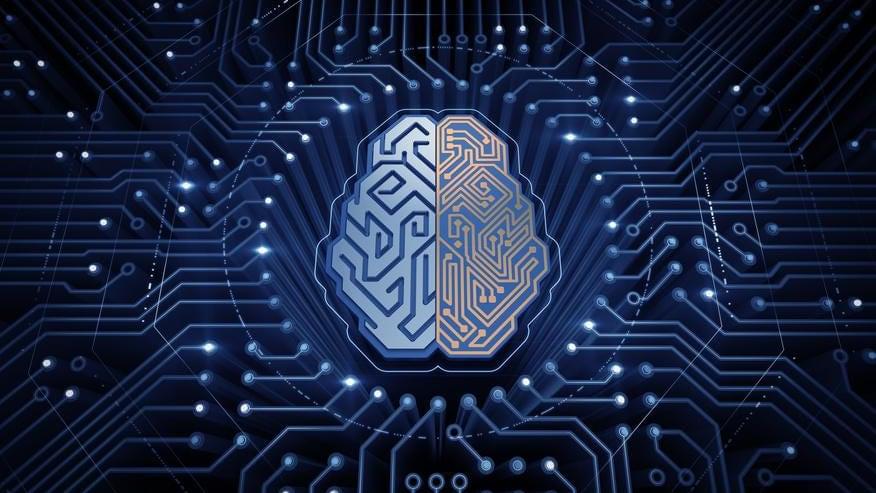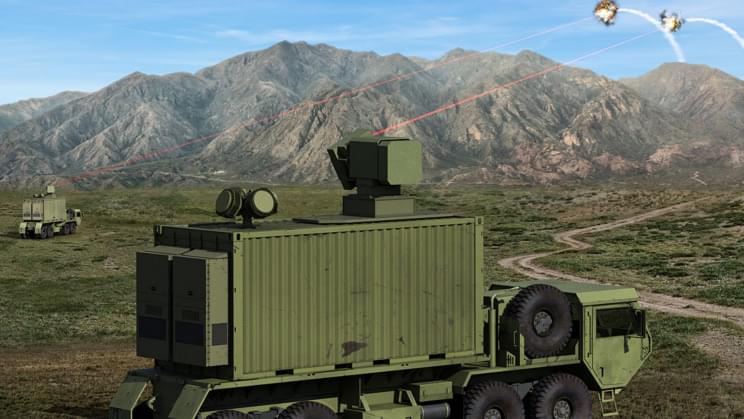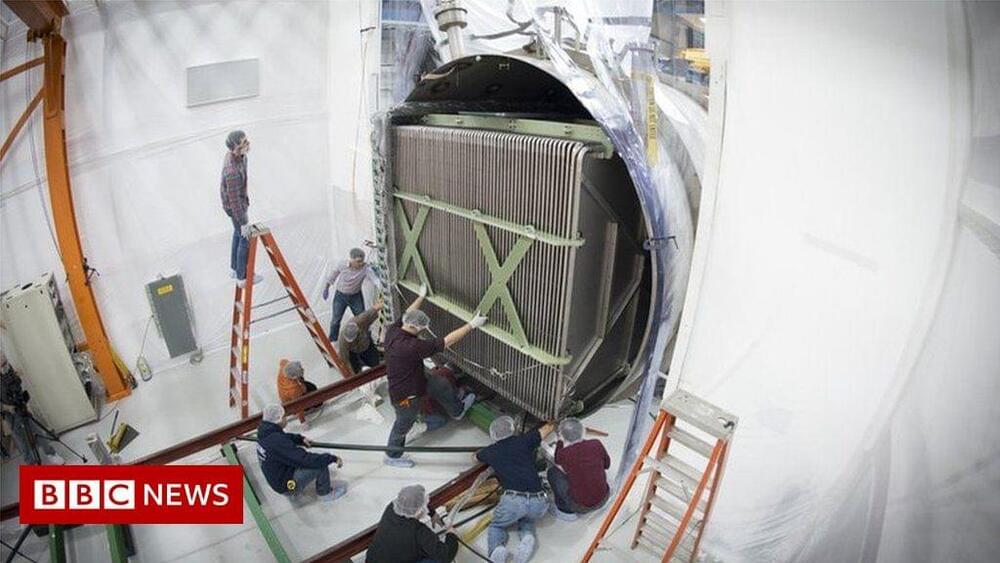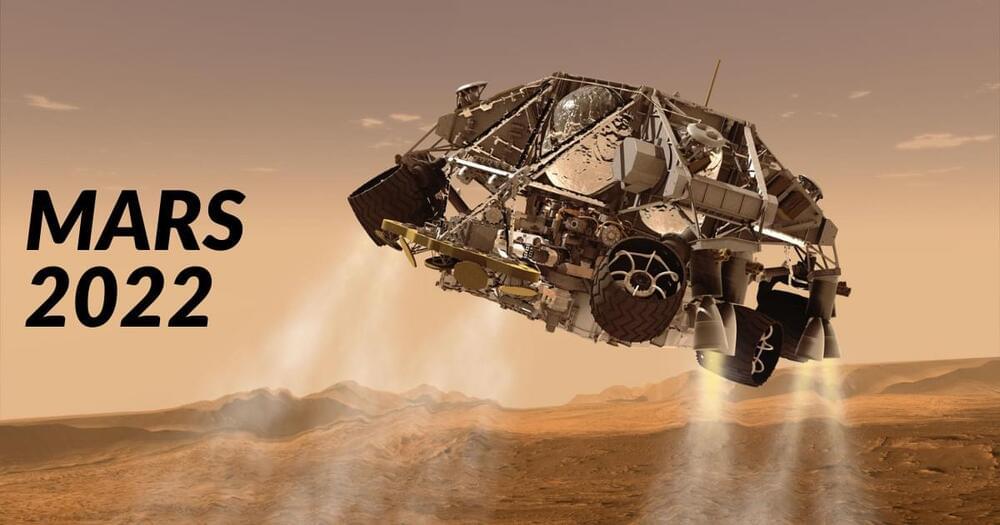The non-E5 made rats healthier with a small increase in lifespan. The E5 part 2 is still ongoing with rats at 31 months that generally at most live 36 months.
In this video we give a brief update on the parallel experiments being conducted by Dr Katcher and Professor Goya. In these studies they are injecting E5 and young blood plasma into rats in repeatedly to see if the maximum lifespan can be extended.
The newsletter is here.
https://www.ntzplural.com/newsletter.
Papers mentioned in this video.
The original paper on BioXriv.
Reversing age: dual species measurement of epigenetic age with a single clock.
https://www.biorxiv.org/content/10.1101/2020.05.07.082917v1
********************************************
Health claims Disclosure: Information provided on this video is not a substitute for direct, individual medical treatment or advice. Please consult with your doctor first. Products or services mentioned in this video are not a recommendation.
Disclosure: Some of the links provided are affiliate links. Although we may receive a small commission from the affiliate, the cost of the product for you will always be the same, or often discounted. Thank you for supporting our channel.






